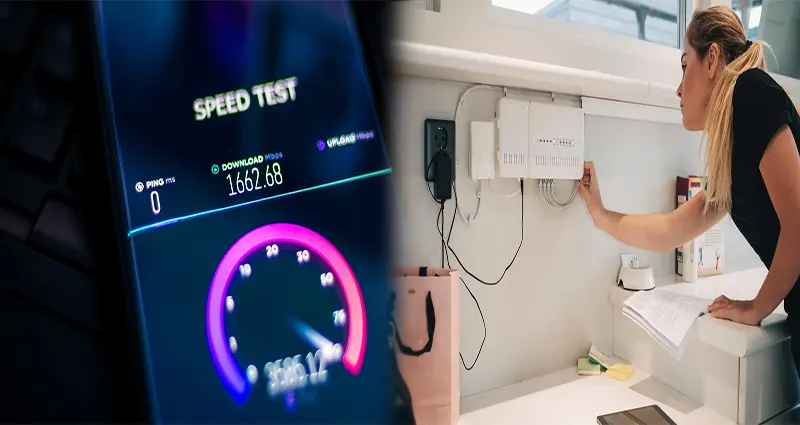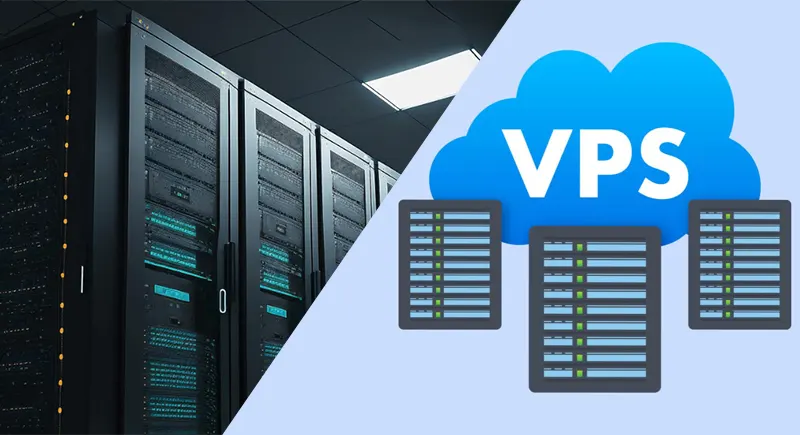The Ultimate Guide to Email Warmup: Boosting Deliverability and Engagement
In today’s digital world, email marketing remains one of the most effective tools for businesses to reach their audience. However, even the best-crafted email campaigns can fall flat if emails end up in spam folders or if their engagement is low. Enter email warmup, a strategy designed to ensure emails land in inboxes rather than spam and that recipients are more likely to engage with them. Here’s a comprehensive guide on email warmup, why it matters, and how to do it effectively.
What is Email Warmup?
Email warmup is the process of gradually increasing the volume and frequency of emails sent from a new or dormant email address. This strategy helps to build a positive reputation with Internet Service Providers (ISPs) by demonstrating consistent, legitimate, and valuable engagement with recipients. Essentially, email warmup shows ISPs that your emails are from a trustworthy sender, making it less likely for your … Continue reading >>>












